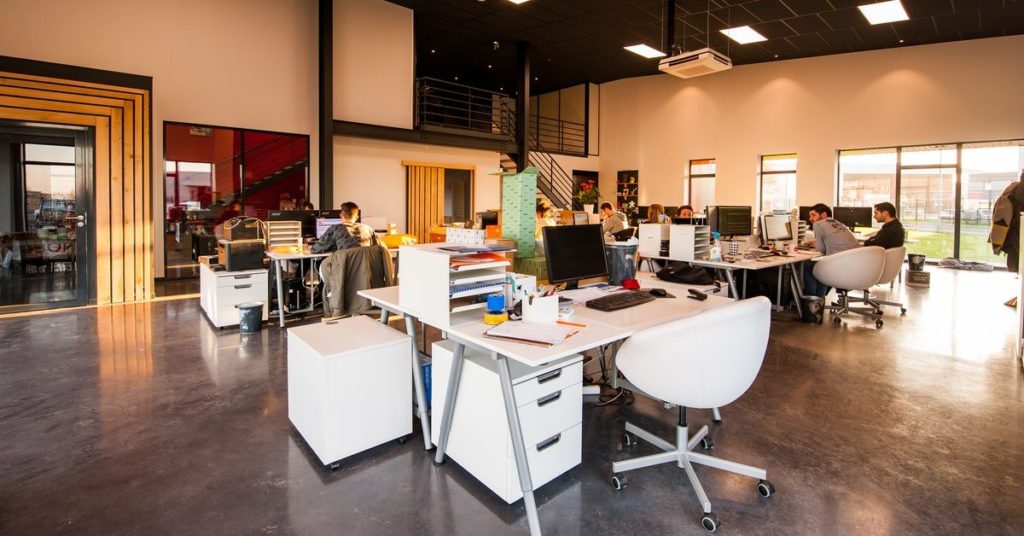How to Prevent Fires in the Workplace

Estimated reading time: 4 minutes
Introduction
It’s not exactly breaking the wheel to say that fires are incredibly dangerous. Quick to spread and hard to stop, fire in any scenario can destroy both lives and livelihoods. In a small business scenario, it can bankrupt a company and put people out of work. So, in this article, we’ll explore exactly how to prevent fires in the workplace.
Preparation
We may hope that fires never happen and do everything in our power to reduce the risks. However, the reality is that there will always be a possibility of fire and the Responsible Person in your workplace should prepare for that.
If a fire does ever start in the workplace, ease your mind with the knowledge that you’ve done everything possible to prepare for it and prevent it from spreading.
The Workplace Layout
Firstly, consider the layout of the workplace. Prioritise human escape before damage limitation. It’s not worth slowing the spread of a fire if your colleagues remain trapped. Good practice is to ensure that paths to fire doors, fire doors themselves and the entire exit route from the building remain clear and unobstructed. There should be a clear aisle between desks, for example, to the nearest fire exit.
Potential Sources of Fuel
Once this principle is adhered to, consider potential sources of fuel. If a fire starts in a workplace, what is likely to cause it and what can encourage it? Is there an old, untested plug socket, near a water cooler and a big stack of paper? Whilst this may seem laughably negligible, it’s easy to glance over something you see everyday.
Get all your electronics tested and ensure that paper, fuel and stationery are far from any potential sources of fire.
Smoke Detectors
Furthermore, keep well-maintained smoke detectors in a workplace. Whilst this is not a legal requirement, workplace buildings must have some sort of fire detection system. Smoke detectors are simply the best warning system; see them as an investment in yourself and your colleagues. That rings true when they are not necessarily needed, too. Though they can be frustrating, never cover a smoke detector to stop it going off; this is a common, extremely dangerous solution in workplaces.
This may seem broad; perhaps you have a great many potential sources of fire in your workplace. But that’s just the reality of the situation; part of your legally-required fire risk assessment is to understand these areas of risk.
How to Prevent Fires in the Workplace from Spreading
Don’t be a hero. If there’s a raging fire, don’t try to extinguish it. You should only tackle fires if you have no choice or they don’t present a a significant, immediate danger to you or others.
It’s important to know that how you deal with a fire is entirely dependent on its categorisation. There are a number of categories of fire. Understanding beforehand which are most likely to break out in your workplace will help you to deal with them in the moment. Again, preventive measures and planning are key here.
In the workplace, for example, electrical fires are most common, caused by overloaded plug sockets and faulty wiring. Accordingly, you would use a CO2 extinguisher to put out this type of fire; this should be easily accessible and visible, in case of emergency. CO2-based extinguishant suffocates the fire of oxygen and does not conduct electricity, as water does. A water-based extinguishant, of course, could make the situation far worse.

However, there are other possible causes of fire here. If you have a kitchen or small canteen, cooking oil fires can be a real possibility. Aerosol and deodorant cans are a potential source of fire, too, as a flammable liquid. Understanding the likelihood of these fires breaking out and tailoring your equipment and procedures accordingly is evidently vital.
Evacuation
What happens, however, if someone who doesn’t know how to prevent fires in the workplace from spreading unknowingly causes one? Or a blaze simply becomes too dangerous to handle?

Your preparation is key here. Head to your pre-designated fire assembly points and adhere to your evacuation plans. Preventing the spread of fire can buy precious time here. Provided there is a possibility of clearing a safe path, keep your fire extinguisher to hand in case the flames follow you. Move flammable materials out of the path of the fire and close fire doors behind you, if they were wrongly left open beforehand.
If all of your efforts to tame the fire have failed, call the fire brigade and let them do their job. Remember, the building comes second place to human life.
